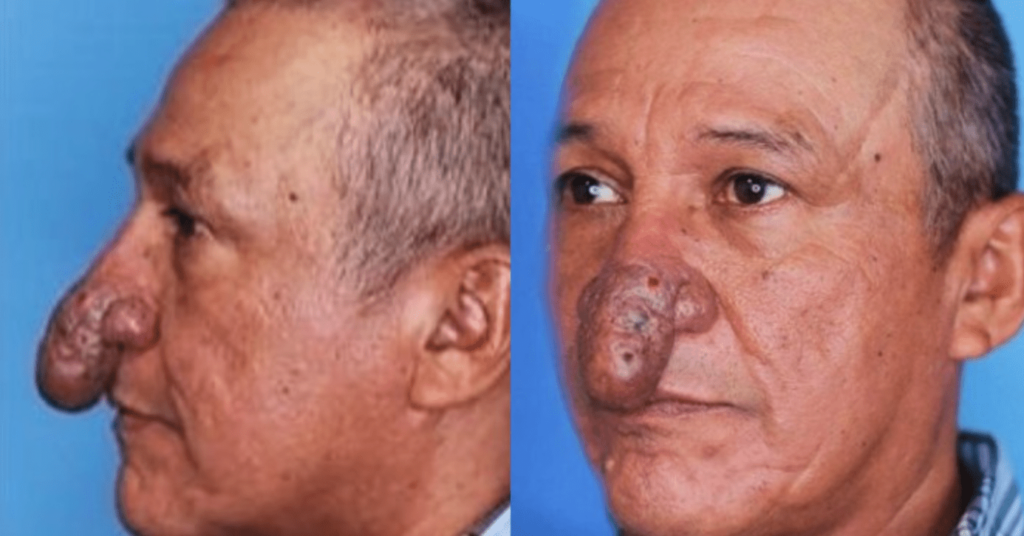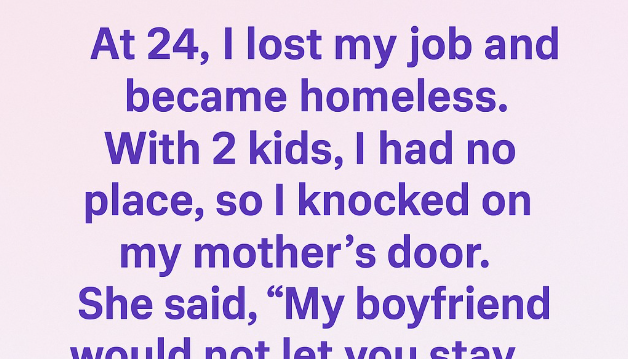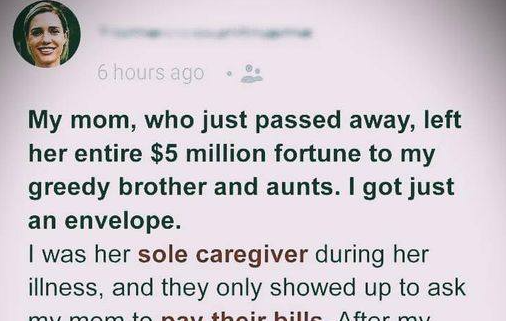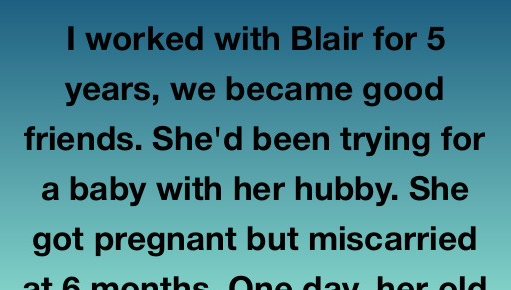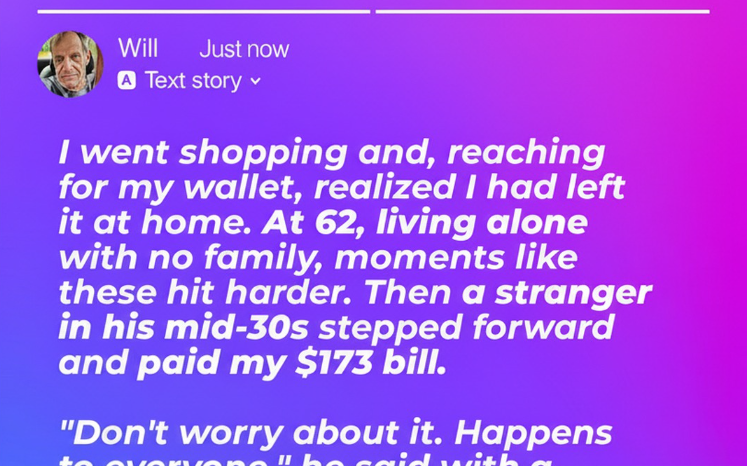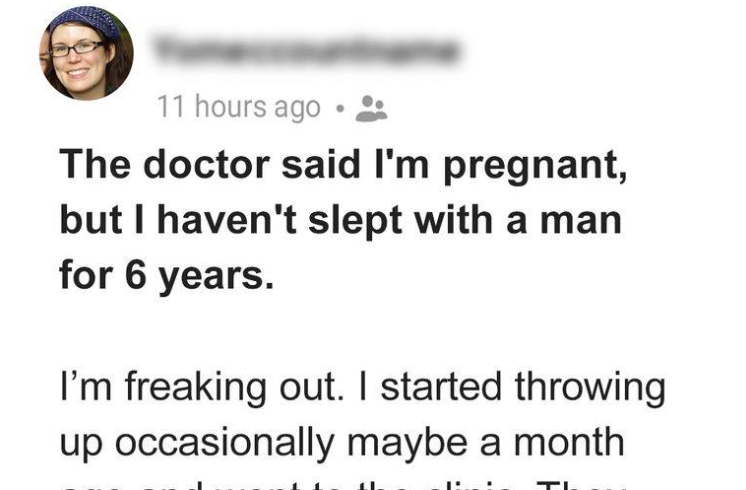Conrado Ramos Estrada had been accustomed to wearing face masks well before it became a common practice for everyone else.
His nose had become so enlarged that the 57-year-old painter and construction worker found it difficult to eat and breathe comfortably, leading him to prefer keeping it covered.
“People would stare at me,” the Portchester, NY resident shared. “Children would ask their mothers what happened to me — so I started wearing a face mask all the time to avoid the attention.”
His condition was more than just a cosmetic concern; it also made breathing harder, caused snoring, and often got in the way of daily activities. “My nose had grown to the point where it reached my lips, and whenever I ate, it would touch the spoon,” he explained.
Now, with both the mask and his nose no longer a concern, Estrada’s friends and family are delighted to see him smiling again.
This transformation is all thanks to a serendipitous encounter with Dr. Thomas Romo, the director of facial plastic reconstructive surgery at Lenox Hill Hospital.
Dr. Romo recalled his first meeting with Estrada, who appeared at his Bronxville home with a paint crew about five months ago. “I was eager to help when I saw him,” Romo said, describing the condition as severe.
Unable to ignore the situation, Romo pulled Estrada aside for a conversation.
“I’m not shy about offering my help,” Romo admitted.
Estrada had been dealing with his disfigured nose for years, a result of rhinophyma. This condition, characterized by thickened, pimpled, and rough skin at the tip of the nose, is due to enlarged sebaceous (oil) glands. While the exact cause is unknown, it is considered a subtype of rosacea, a skin condition that causes redness and visible blood vessels.
“I had spent six years visiting doctors and skin specialists, but nothing improved,” said Estrada. For severe cases like his, surgery is the only effective treatment to reduce the size of the nose.
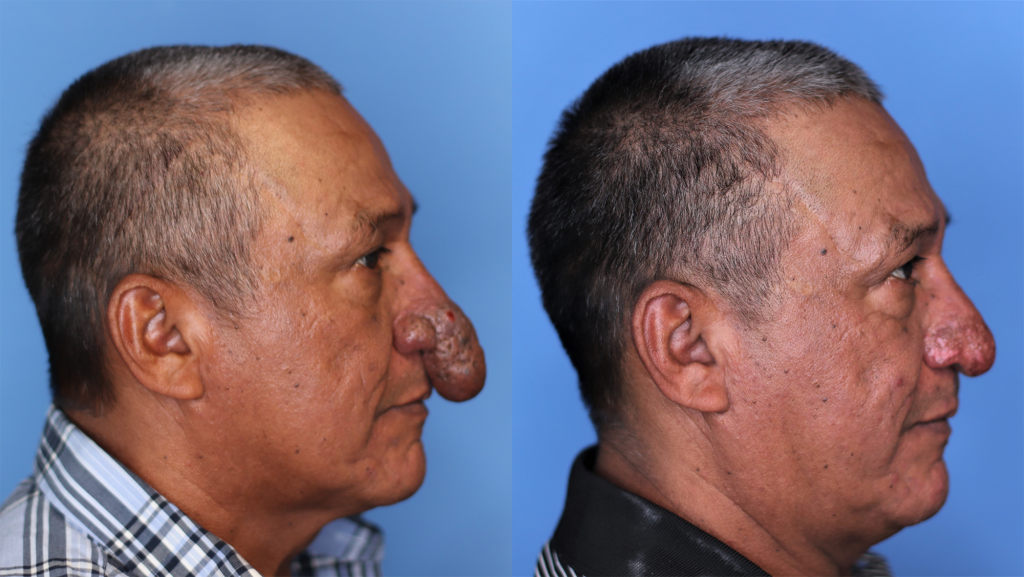
Rhinophyma is rare and mostly affects men, usually beginning in mid-life and worsening without surgical intervention.
“I hadn’t seen a case of rhinophyma in maybe 20 years,” Dr. Romo noted, emphasizing the rarity of Estrada’s condition.
Recognizing the impact on Estrada’s life, Dr. Romo knew he had to help. “This must be affecting his relationships, his ability to work, and his self-esteem,” Romo thought.
Dr. Romo often provides “pro bono” surgeries through his Little Baby Face Foundation, which offers care to underserved children with facial deformities. “Not many people know how to treat this condition,” Romo added, noting that it’s not always covered by health insurance.
“When Dr. Romo saw me, he gave me a hug,” Estrada shared. “He told me, ‘I’m going to help you.’ ”
Just a few days later, after completing some paperwork, Estrada was in the operating room. Now, almost four weeks post-surgery, he’s back to work and enjoying life again.
Dr. Romo observed that it wasn’t just Estrada’s appearance that had changed. “You’d think he won an Olympic gold medal,” Romo said, describing Estrada’s post-surgery photos. “He’s standing tall, smiling, and exuding confidence. I’m so happy for him!”
Confidence, Romo believes, makes “a better and more productive person in society.” He added, “I’m committed to doing everything I can to support my community. I want to see it thrive.”
Estrada expressed his gratitude, saying the reaction from his loved ones has been overwhelming. “I believe God sent an angel to take care of me — and that’s how I see Dr. Romo,” he said.
